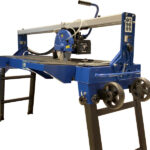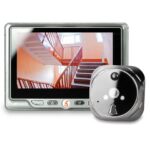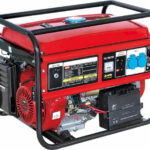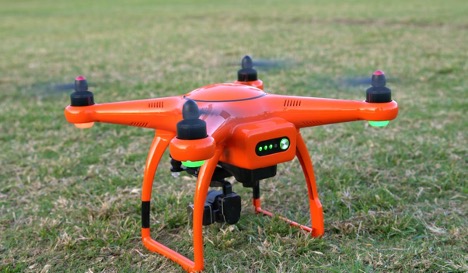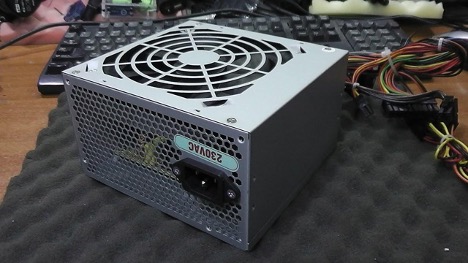Which memory card to buy for a camera: we sort it out with experts
You can figure out which memory card to buy for your camera on your own. To do this, it is important to take into account customer reviews, as well as professional advice. The main selection criteria and rating of the best models can be found in the presented material.
The content of the article
Types of cards
The main classification is related to the types of memory cards. Today, several varieties are produced - the most common are discussed below.
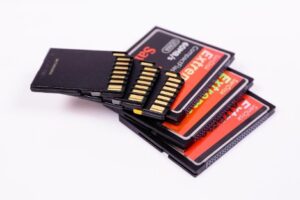
SD
These are the most popular devices because most modern cameras support them. The convenience is that even if you eventually have to change the model or switch to a new brand, you can keep the old card.
Within SD, there are several more subtypes that differ in the maximum memory capacity:
- up to 32 GB – amateur versions;
- up to 2 TB – optimal in terms of price and quality ratio;
- up to 128 TB – for storing large volumes;
- Eye-Fi – cards that support data transfer via Wi-Fi.
MicroSD
Universal models, compatible with both cameras and phones. Compared to SD, they are less reliable for storing information, but are more affordable. Mostly, such devices are chosen by amateurs and novice photographers.
CF
Less common types that are used in professional and “semi-professional” cameras. They feature fast recording speed and large capacity.But they only work really well on cameras that support the UDMA option.
Memory Stick Micro
This type of card is produced only by Sony. Moreover, it is used in cameras and game consoles. The cost is generally higher compared to the common SD type. However, they are only compatible with Sony brand devices (with rare exceptions).
Basic tips for choosing
If you start to figure out how to choose a memory card for a camera, you first need to outline the basic criteria. When purchasing, you should study the technical characteristics, among which the following play a major role:
- Volume is one of the most important criteria. Many users tend to choose 64-128 GB, which is quite enough for amateurs. But professionals need more capacity - about 1-2 TB.
- Minimum guaranteed speed (card class) - indicated by the letter C and a number. For example, the marking “C4” indicates that it belongs to class 4 - the minimum speed is 4 Mb/s. Accordingly, the larger the number, the faster the recording goes.
- UHS is an indicator of the average recording speed (not the minimum, as in the previous paragraph). The designation is similar - for example, “U2” indicates that on average data is recorded at a speed of 20 Mb/s.
- The UHS bus is also designated by numbers, but in Roman numbers, for example, I or II. It corresponds to the number of rows of contacts - 1 or 2 rows, respectively. The more there are, the greater the device’s performance will be.
- The maximum read speed is also measured in MB/s. Although this parameter is important, it is not as important compared to the others. It characterizes how quickly you can send photos and videos from the camera to a PC or laptop.
- The maximum speed in reading mode is, for example, 1200X.An auxiliary parameter that you should focus on only if the characteristic from the previous paragraph is missing. The higher the speed, the better.
- The class of the card for video recording is marked V with a number. For example, V10 means that video will be recorded at a minimum speed of 10 Mbps. This corresponds to the Full HD standard. If the indicator is lower, we are talking only about HD. The highest quality options are at least V30 (corresponding to 4K) or from V60 (corresponding to 8K).
Top 5 best cards
When choosing a card according to the criteria described above, do not forget about user reviews. If you select the best models in terms of price and quality ratio, you will get the following top 5 rating:
- SanDisk Extreme PRO SDXC UHS-I allows you to record high quality video (4K standard). Recording speed starts at 30 Mb/s, data is transferred at an average speed of 170 Mb/s. Capacity can vary - from 32 GB to 1 TB.
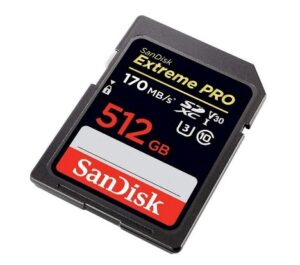
- Lexar Professional 633X SDXC UHS-I is a budget option with fairly good performance. Data can be transferred at a speed of 95 Mb/s, video can be recorded at a minimum speed of 30 Mb/s. But such a device is not suitable for professional cameras.
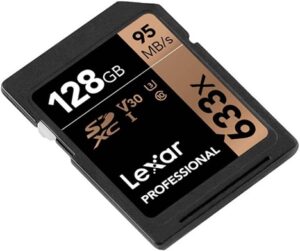
- PNY Elite-X Class 10 U3 V30 SDXC is another budget card that is affordable and reliable. Allows you to record 4K video. The capacity is average – there are options with 64 and 128 GB. Reading speed reaches 100 MB/s.
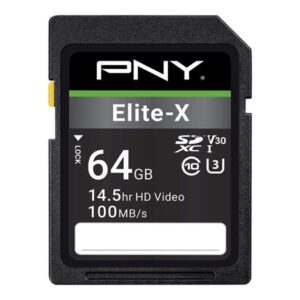
- The Silicon Power CFast 2.0 CinemaPro CFX310 is a very fast card, recording at 530 MB/s. Thanks to this, you can get 4K video, the quality of which will be comparable to professional cinema. The capacity is quite good – 512 GB. Moreover, the warranty period is only 3 years (many competitors give 10 years or more).
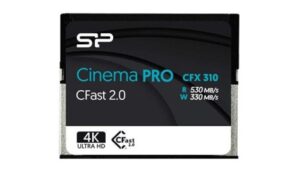
- Sony Professional XQD series G is suitable for Sony and Nikon cameras. Allows you to record video at speeds up to 350 Mb/s, on average 230-250 Mb/s. Reading speed reaches 300-400 MB/s. Capacity from 32 to 240 GB. The device is reliable, but quite expensive.
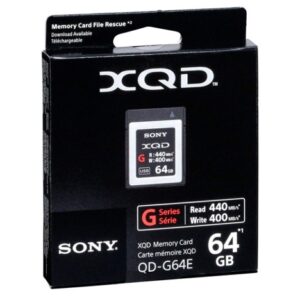
You can choose a memory card for the camera yourself. The main criterion is the purpose of the device. Budget models with an average recording speed and small capacity (MicroSD type) are quite suitable for amateurs. But for professional purposes, it is better to consider cards of types such as SD and CF.

